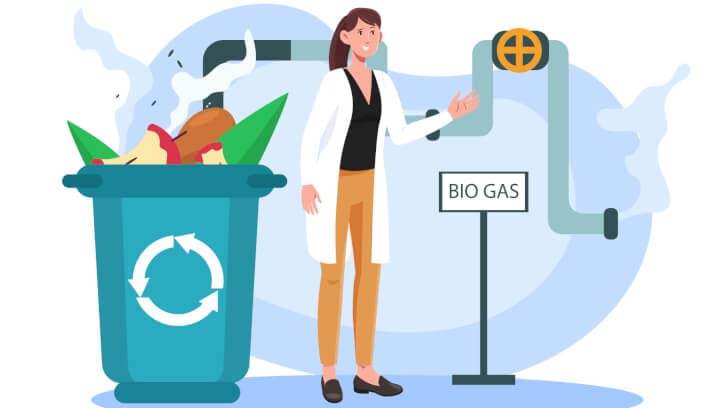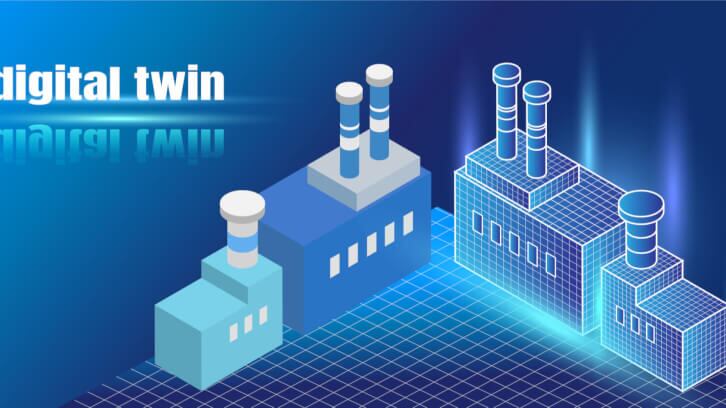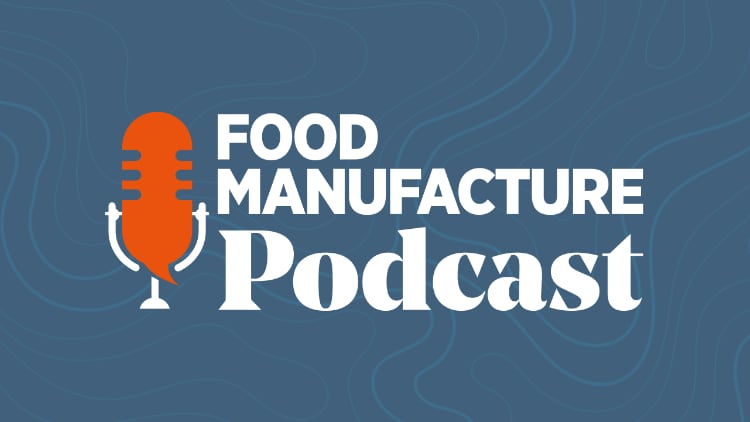The Prime Minister’s recent announcements on changes to green policies included scrapping the ‘seven bins’ and promising that households will not be subjected to this inconvenience. This raised some eyebrows in the sector as there had actually never been any such policy either planned or implemented. It likely referred to the ‘consistent collections’ policy that was contained in the Resources and Waste Strategy published in 2018 and that the UK Government has already consulted industry and local government on twice.
Part of the planned consistent collections is a requirement for local authorities to collect food waste weekly from all households and for businesses to also be provided with food waste collections.
Alongside this, the Government held a call for evidence in the summer (of 2023) on proposals to ban all biodegradable waste from landfill by 2028.
Both these policies mean that there will need to be an expansion of treatment facilities for food and other organics waste. When it comes to treatment of food waste, the main method of doing this is via a system known as ‘anaerobic digestion’, or AD for short.
What is anaerobic digestion?
Anaerobic digestion was initially used within the sewage industry, but has begun to be adopted within the food sector, with a network of plants now stretching across the UK.
As the name suggests, the process of anaerobic digestion works in the absence of oxygen, in a container called a ‘digestor’. The food waste is broken down by microorganisms in the digestors. As this happens methane is produced.
Methane is a greenhouse gas and is 21 times more potent than carbon dioxide. When food waste is buried in landfill sites, this methane has the potential to be released into the atmosphere as the food waste breaks down. In an anaerobic digestion plant however, the methane is captured and can then be used to produce power through combined heat and power units, or it can be used as a low carbon fuel in some vehicles.
Powered by food waste
Alongside being able to use the methane as fuel, the anaerobic digestion process also produces a nutrient rich ‘digestate’ which can be used as fertiliser.
However, some care needs to be taken when applying it to land – given the nutrients it contains – but it can still be a viable replacement for synthetic fertilisers.
Food waste that is sent to an anaerobic digestion plant needs to be separated from other materials, especially plastic. This is because the digesters cannot break it down and it leads to contamination of the digestate, meaning it cannot be used on land.
There is a publicly available specification (PAS) that the digestate must meet in order for it to be spread to land - PAS 110. A requirement of meeting the PAS is limiting the amount of plastic and other non-organic material in the digestate.
Different anaerobic digestion plants accept different inputs. Some will predominantly accept food waste from households and business premises, while others may deal more with food waste or by-products from food and drink production. Some bigger food produces may have their own anaerobic digestion plant on their sites. Other plants may deal with agricultural wastes and these can sometimes be blended with food waste in an anaerobic digestion plant.
There are also still a large number of plants that deal with sewage waste and these tend to only operate on that particular feedstock.
Advantages of using anaerobic digestion
Given the fact that anaerobic digestion can capture the methane that is produced when food waste decomposes and can generate electricity, it is seen a sustainable way of dealing with food waste. This can give it advantages over landfilling food waste or sending it to Energy from Waste (EfW) plant, which burns waste and creates emissions (and for which food waste is not that suitable).
In fact, it has been estimated that if all food waste was treated through anaerobic digestion there could be a 6% reduction in the UK’s greenhouse gas emissions.
Sending food waste to anaerobic digestion instead of landfill or EfW can also help with an organisation’s CSR goals and contribute to reduction in their own greenhouse gas emissions, in turn helping with net zero aims.
How to get started with anaerobic digestion
For any organisation that is looking to utilise anaerobic digestion as a treatment option for food waste, the first place to start is generally your waste contractor. If they don’t offer a separate food waste collection at the moment, they may be able to in the future. If they don’t, then there are specialist food waste collection companies that operate in certain parts of the UK, normally around an anaerobic digestion facility.
It may mean looking at internal operations as well, so that the food wate can be kept separate and ready for collection. This may require additional containers inside as well as outside premises.
You might be able to reduce the number of residual bins or frequency of collections if you start to have food waste collected separately. This could deliver costs savings and also free up some space for food waste containers.
The future of waste
Anaerobic digestion capacity is likely to continue to grow in the UK in the next few years, while waste policy is likely to require more and more separate collection and treatment of food wastes to assist in reducing greenhouse gas emissions and help hit net zero targets.
At some point, potentially all households and businesses will be required to do it, so there may be worth getting ahead of the game!




